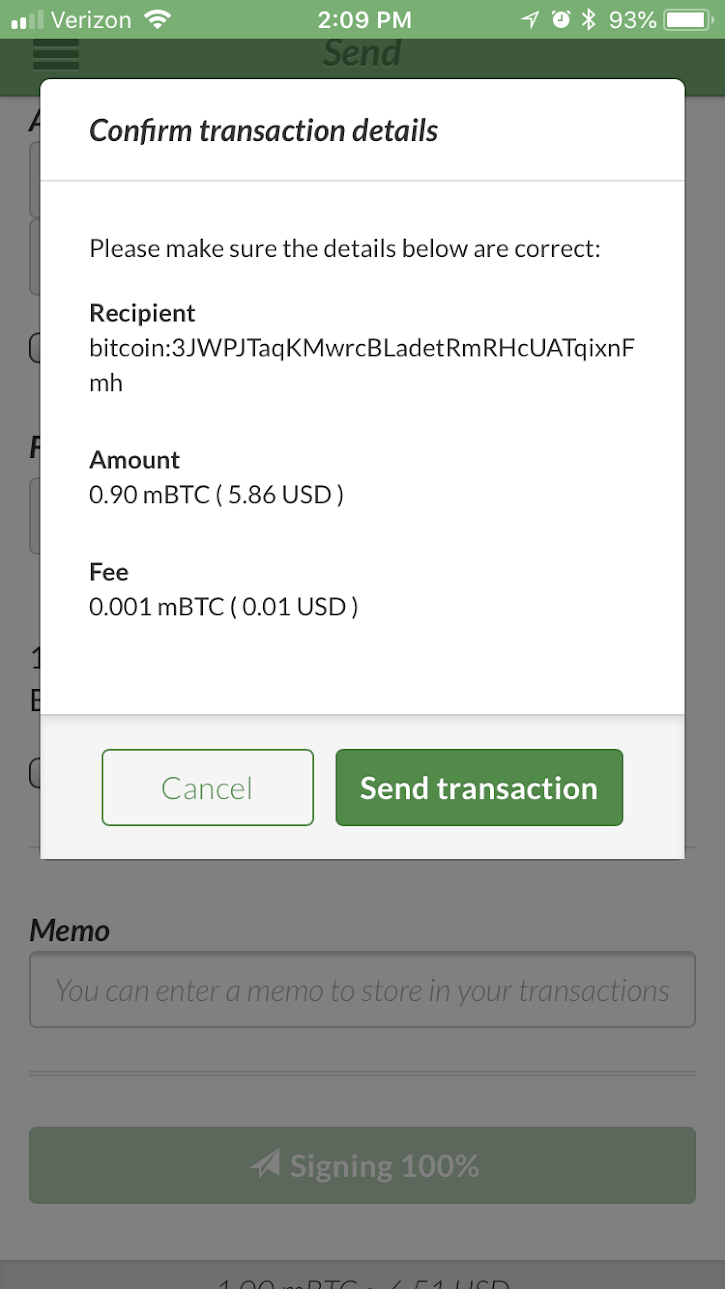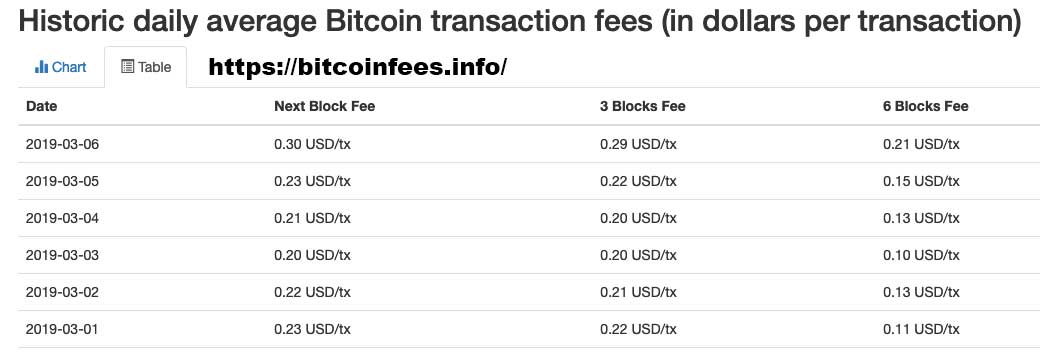
Bitcoin transaction fee how to#
“What do you mean you don’t know how to calculate transaction fees? It’s simple: all you gotta do is work out the size of your transaction in bytes, multiply it by the median byte size, take the answer in satoshis, divide it by 100 million (or 1e8 on a scientific calculator), get the answer in bitcoin and then convert to USD. Turn to some of bitcoin’s more experienced heads for fee advice, and you may emerge with more questions than answers. Online explanations, while accurate, aren’t much use to the average layman.

Search “how to calculate bitcoin fees” and you’ll be presented with mind-boggling explainers like the following: Perhaps not ideal if you’re still chasing that coffee, but for medium to large transactions, still doable. If you’re sending from a segwit address and aren’t in a hurry, fees of under $1 are achievable.

Who’s gonna pay for their skinny turmeric latte with bitcoin if the fee costs more than the coffee? Thankfully that’s not always the case fees rise and fall, and there are ways to push through low-cost transactions. Transaction Fees Made EasyĪs bitcoin has risen, so have the corresponding fees (for reasons that aren’t always related to the price of BTC it should be noted). Pay lower fees and your transaction should be confirmed within the next three blocks, which will generally take between 10 and 30 minutes. Pay the highest possible fee and your transaction should be confirmed within the next block, which will take an average of between 5 and 15 minutes. Miners prioritize transactions with the highest fee per byte, which is why senders who are in a hurry will pay a surcharge to push their transaction to the front of the queue. Thus it makes sense to include a fee to incentivize the miner to add the transaction to the block. Although there is technically no obligation to attach fees to a transaction, there is also no obligation for the miner to include any transaction in the block they’re confirming. The current reward per block is 12.5 BTC, but the miner may receive a figure closer to 13 BTC by the time fees have been added on. In addition to earning a reward for solving the next block, miners receive the fees attached to any transactions on that block. Where Do Transaction Fees Go? The less blockchain congestion there is, the faster your transaction will be confirmed. Fee calculation isn’t as easy as the experts would have you think. Back in the day, when one bitcoin cost tens or hundreds of dollars, no one paid too much attention to fees they were so small as to be unimportant, which is why sites like Satoshi Dice were able to flourish, permitting idle bitcoiners to send scores of micro-transactions over the blockchain with scant regard for fees. You wanna send bitcoin, you’ve got to pay the piper, namely the miners whose machines secure the network and confirm the hundreds of thousands of transactions that pass through it every day.

See also: The Curious Case of the New ‘Dragonmint Bitcoin Miner’ Taking a Byte out of Your Satoshis

The following resources make fee calculation a doddle. UX improvements over the last few years have made bitcoin easier than ever to send and receive, but fee calculation is still something of a dark art. Calculating transaction fees is like riding a bike or rolling a cigarette: simple when you know how, but frustratingly complex otherwise.


 0 kommentar(er)
0 kommentar(er)
